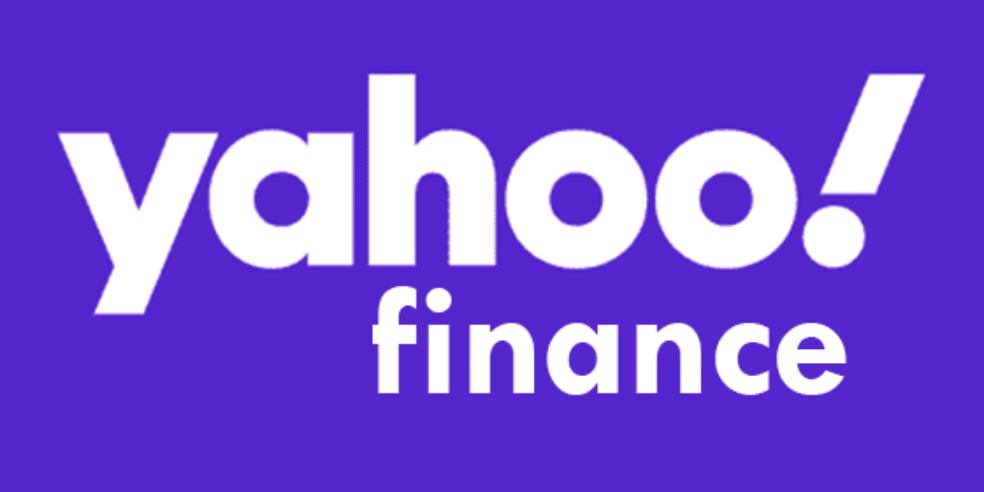Although the two-year anniversary of Wall Street's bull market is largely due to excitement surrounding artificial intelligence (AI), it'd be a mistake to overlook the key role stock-split euphoria has played in lifting select market leaders in 2024.
A stock split is a tool available to publicly traded companies that allows them to cosmetically adjust their share price and outstanding share count by the same factor. These changes are surface-scratching in the sense that they don't alter a company's market cap or its operating performance.
While splits come in two varieties -- forward and reverse -- investors overwhelmingly favor one over the other. Since reverse splits (the type designed to increase a company's share price) are usually conducted from a position of operating weakness, it's the type of split most investors avoid. Meanwhile, forward splits, which lower a company's share price to make it more nominally affordable for everyday investors, are typically undertaken by businesses with well-defined competitive advantages. This is the type of split investors flock to.
Over the last nine months, more than a dozen brand-name businesses have completed a stock split. However, the outlook for these stock-split stocks differs quite a bit, based on the price targets issued by select Wall Street analysts.
In particular, three industry-leading stock-split stocks offer implied upside of up to 111%.
Nvidia: Implied upside of 45%
Perhaps it comes as no surprise that one of the stock-split stocks with the most robust upside potential, based on the forecast of at least one Wall Street analyst, is the company leading the AI revolution, Nvidia (NASDAQ: NVDA). Nvidia joined this elite club of stock-split stocks in June with a historic 10-for-1 forward split.
Analyst Hans Mosesmann of Rosenblatt Securities foresees this transformational company reaching $200 per share, which would represent a 45% return from its closing price on Oct. 14 and make Nvidia a roughly $5 trillion business.
Nvidia's near-parabolic move higher is the result of its hardware becoming the "brains" of AI-accelerated data centers. Demand for the company's H100 graphics processing unit (GPU) and successor Blackwell GPU architecture have been robust, which has left little room for external competitors.
When an in-demand good or service is in short supply, the laws of economics state that the price of that good service will climb until demand levels off. Nvidia's H100 has been commanding anywhere from a 100% to 300% price premium over other AI-GPUs, which has helped push the company's adjusted gross margin notably higher.

 8 months ago
8 months ago
 (200 x 200 px).png)





 English (US) ·
English (US) ·